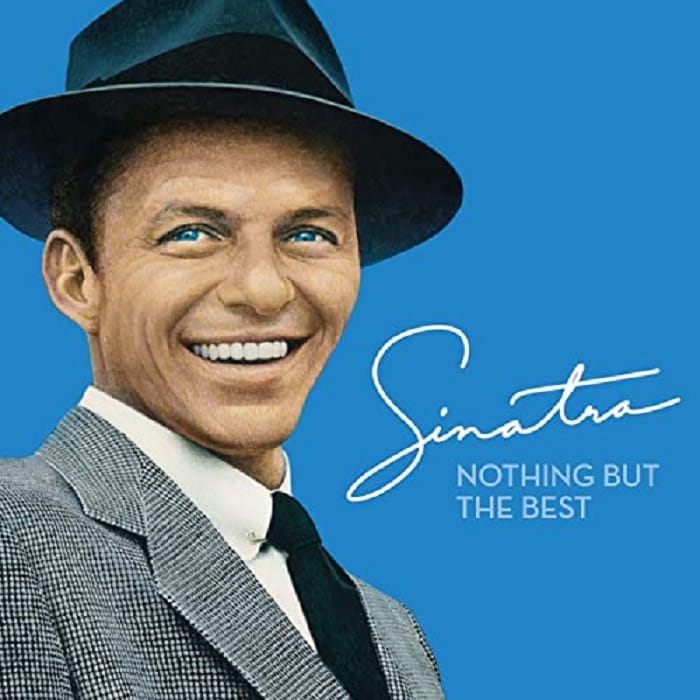Seedy aspects abound in the lives of many famous people. Even in the lives of otherwise notably good ones. Take Frank Sinatra, a man known for being a class act, and deservedly so. Among other things, he was a staunch opponent of racism at a time when such a stance could damage a career. However, nobody is perfect, and the legendary singer had some seedy angles. And not just the well-documented mob ties and short temper. Take that time he was arrested for seduction and adultery – which actually were crimes that the authorities prosecuted back in the day. Below are thirty things about that, and other fascinating but lesser known seedy facts about historic figures.
Frank Sinatra Was a Class Act, but He Still Had a Seedy Side

Frank Sinatra (1915 – 1998) is not as well known today as he was in his heyday in the mid-twentieth century. Ever since, the man known as Ole Blue Eyes and Chairman of the Board (although he loathed the latter nickname) has captured the hearts of music lovers around the world. His music sold about 150 million records, which puts him among history’s top artists by volume of sales. When he died in 1998, Sinatra had already established himself as an iconic figure in the same league as an Elvis or Marilyn Monroe.

One thing that Sinatra didn’t lack was an abundance of self-respect. At the start of his career, at a time of significant anti-Italian sentiment, bandleader Harry James recommended that he change his name because it was “too Italian”. He replied: “No way, baby. My name is Sinatra. Frank f**king Sinatra“. It’s a good thing he kept the name; “bobby soxers”, enthusiastic 1940s adolescent female fans of pop music, loved it and him. Their passion for Ole Blue Eyes never dimmed for the rest of their and his life. While Sinatra was an all-around class act, he did have some seedy aspects – and not just his mob ties. As seen below, there was that time he was arrested for “seduction” of a reputable woman.

